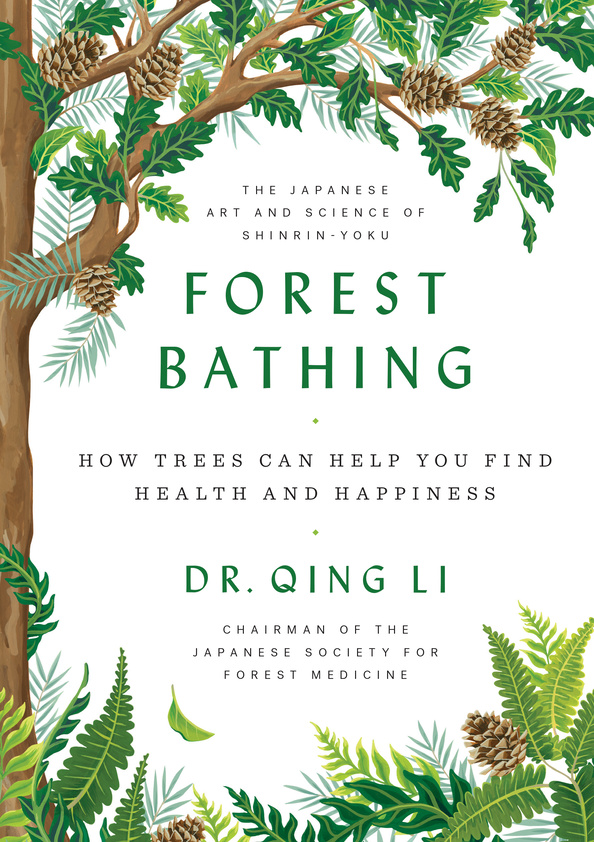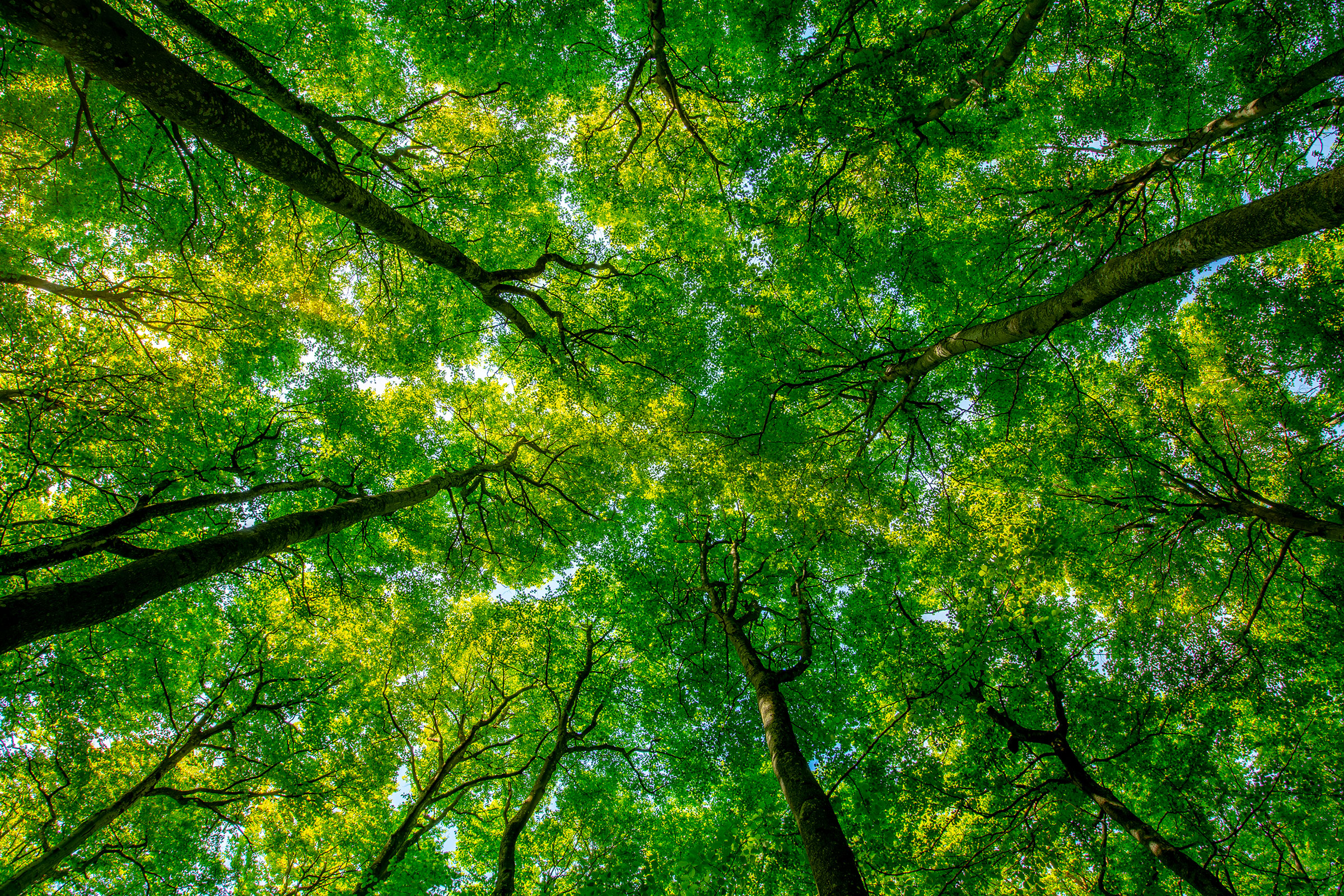We all know how good being in nature can make us feel. We have known it for centuries. The sounds of the forest, the scent of the trees, the sunlight playing through the leaves, the fresh, clean air — these things give us a sense of comfort. They ease our stress and worry, help us to relax and to think more clearly. Being in nature can restore our mood, give us back our energy and vitality, refresh and rejuvenate us.
But what exactly is this feeling that is so hard to put into words? I am a scientist, not a poet. And I have been investigating the science behind that feeling for many years.
In Japan, we practice something called forest bathing, or shinrin-yoku. Shinrin in Japanese means “forest,” and yoku means “bath.” So shinrin-yoku means bathing in the forest atmosphere, or taking in the forest through our senses.
Make your wellbeing a priority and sign up for TIME’s guide to self-care.
This is not exercise, or hiking, or jogging. It is simply being in nature, connecting with it through our senses of sight, hearing, taste, smell and touch. Shinrin-yoku is like a bridge. By opening our senses, it bridges the gap between us and the natural world.
Never have we been so far from merging with the natural world and so divorced from nature. By 2050, 66% of the world’s population is projected to live in cities. According to a study sponsored by the Environmental Protection Agency, the average American spends 93% of his or her time indoors.
But the good news is that even a small amount of time in nature can have an impact on our health. A two-hour forest bath will help you to unplug from technology and slow down. It will bring you into the present moment and de-stress and relax you. Numerous studies I’ve conducted have shown that shinrin-yoku has real health benefits.
So how does one go about forest bathing?
First, find a spot. Make sure you have left your phone and camera behind. You are going to be walking aimlessly and slowly. You don’t need any devices. Let your body be your guide. Listen to where it wants to take you. Follow your nose. And take your time. It doesn’t matter if you don’t get anywhere. You are not going anywhere. You are savoring the sounds, smells and sights of nature and letting the forest in.

The key to unlocking the power of the forest is in the five senses. Let nature enter through your ears, eyes, nose, mouth, hands and feet. Listen to the birds singing and the breeze rustling in the leaves of the trees. Look at the different greens of the trees and the sunlight filtering through the branches. Smell the fragrance of the forest and breathe in the natural aromatherapy of phytoncides. Taste the freshness of the air as you take deep breaths. Place your hands on the trunk of a tree. Dip your fingers or toes in a stream. Lie on the ground. Drink in the flavor of the forest and release your sense of joy and calm. This is your sixth sense, a state of mind. Now you have connected with nature. You have crossed the bridge to happiness.
When it comes to finding calm and relaxation, there is no one-size-fits-all solution – it differs from person to person. It is important to find a place that suits you. If you love the smell of damp soil, you will be most relaxed where the natural landscape provides it. Then the effects of the forest will be more powerful. Maybe you have a place in the countryside that reminds you of your childhood or of happy times in the past. These places will be special to you and your connection with them will be strong.
When you have been busy at work all week, it can be hard to slow down. You may have been rushing around so much you no longer know how to stand still. Walking with a guide who is a trained forest therapist can help you feel more comfortable and find the right environment to fit your needs. In one of my favorite forests, Iinan Furusato-no-Mori, the forest-therapy program includes guided walks. Doctors are on hand to offer general health assessments. When you arrive, you are given a physical health check and a psychological questionnaire. The therapist then works out the best walking plan for you.
But it is just as easy to forest-bathe without a guide. And there are many different activities you can do in the forest that will help you to relax and to connect with nature. Here are some of the things people do: forest walking, yoga, eating in the forest, hot-spring therapy, T’ai chi, meditation, breathing exercises, aromatherapy, art classes and pottery, Nordic walking and plant observation. It doesn’t matter how fit – or unfit – you are. Shinrin-yoku is suitable for any level of fitness.
You can forest-bathe anywhere in the world – wherever there are trees; in hot weather or in cold; in rain, sunshine or snow. You don’t even need a forest. Once you have learned how to do it, you can do shinrin-yoku anywhere – in a nearby park or in your garden. Look for a place where there are trees, and off you go!
From FOREST BATHING: How Trees Can Help You Find Health and Happiness by Dr. Qing Li, published on April 17, 2018 by Viking, an imprint of Penguin Publishing Group, a division of Penguin Random House LLC. Copyright © Qing Li, 2018.
- The 100 Most Influential People of 2024
- Coco Gauff Is Playing for Herself Now
- Scenes From Pro-Palestinian Encampments Across U.S. Universities
- 6 Compliments That Land Every Time
- If You're Dating Right Now, You're Brave: Column
- The AI That Could Heal a Divided Internet
- Fallout Is a Brilliant Model for the Future of Video Game Adaptations
- Want Weekly Recs on What to Watch, Read, and More? Sign Up for Worth Your Time
